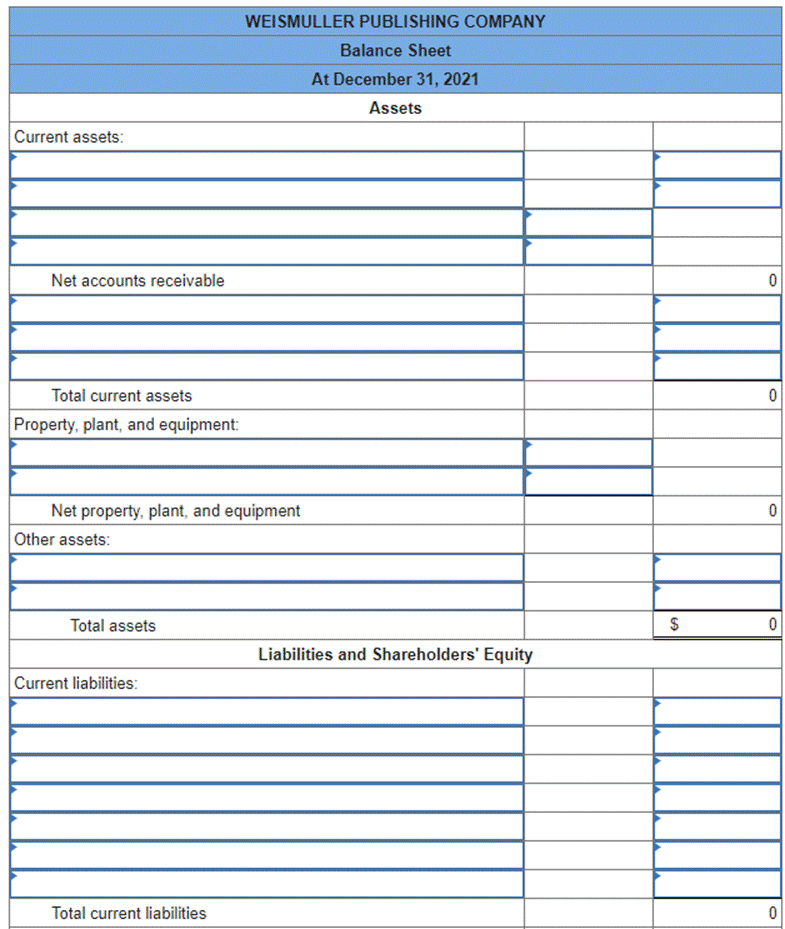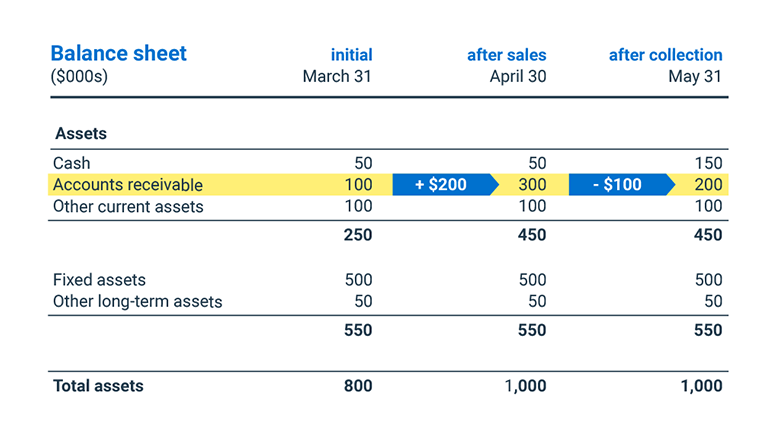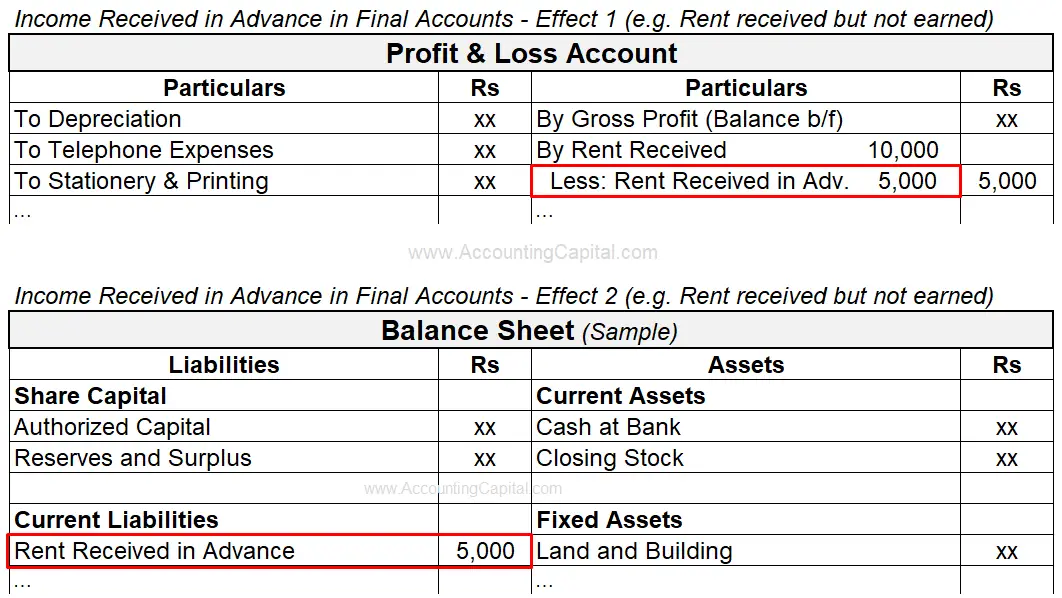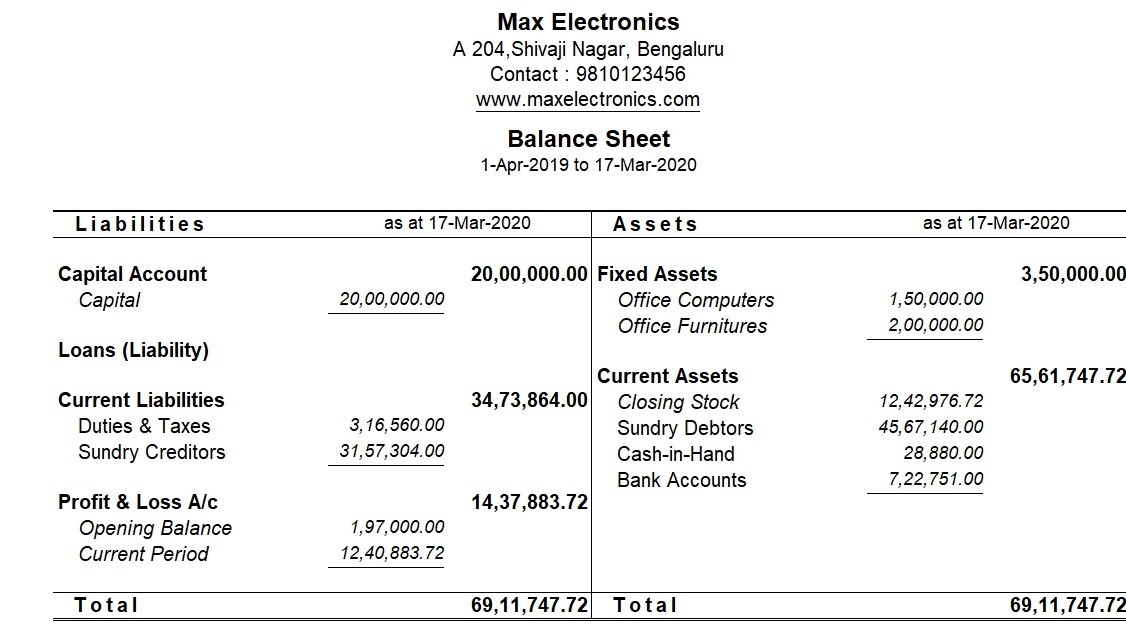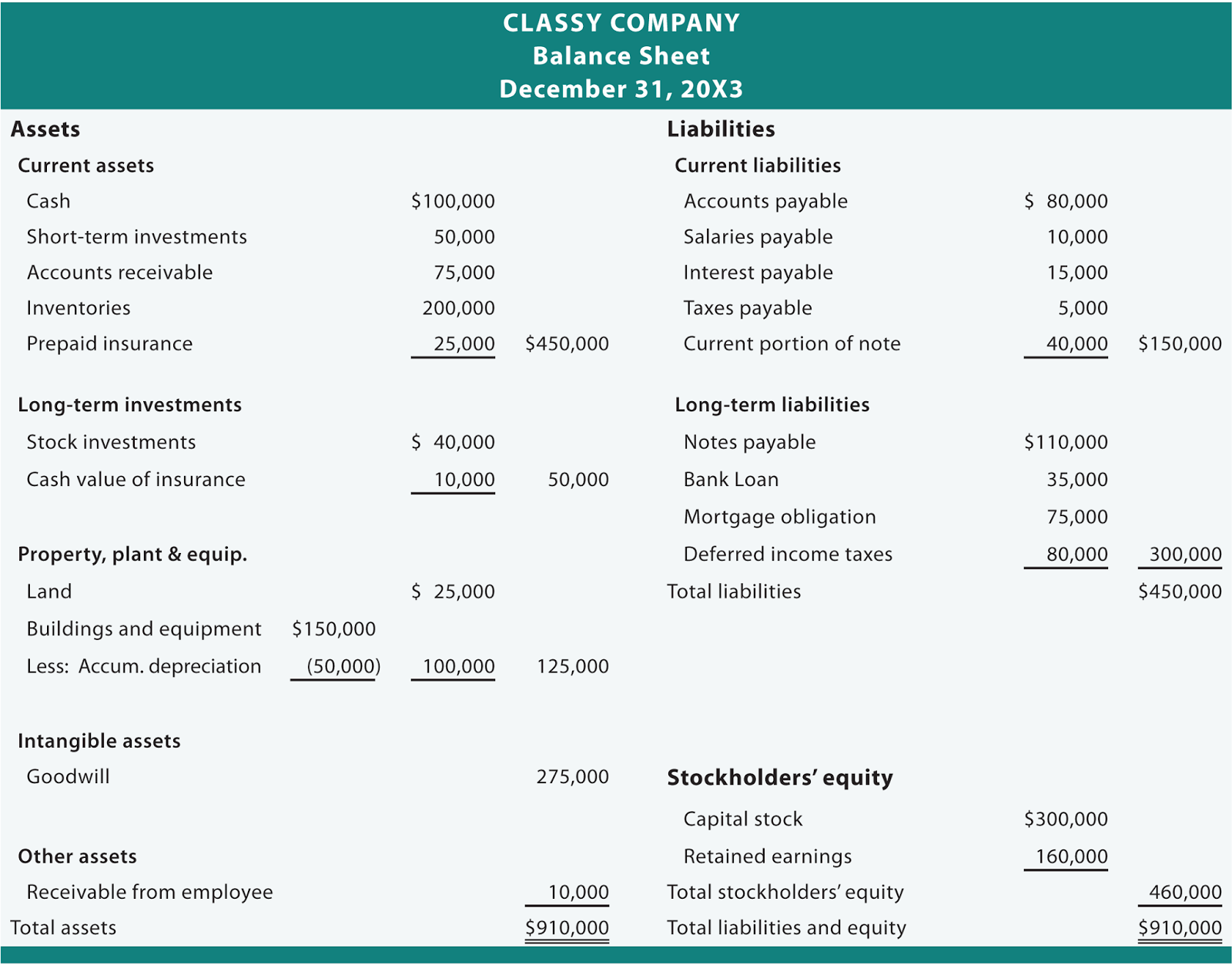Glory Tips About Outstanding Accounts Receivable Effect On Balance Sheet
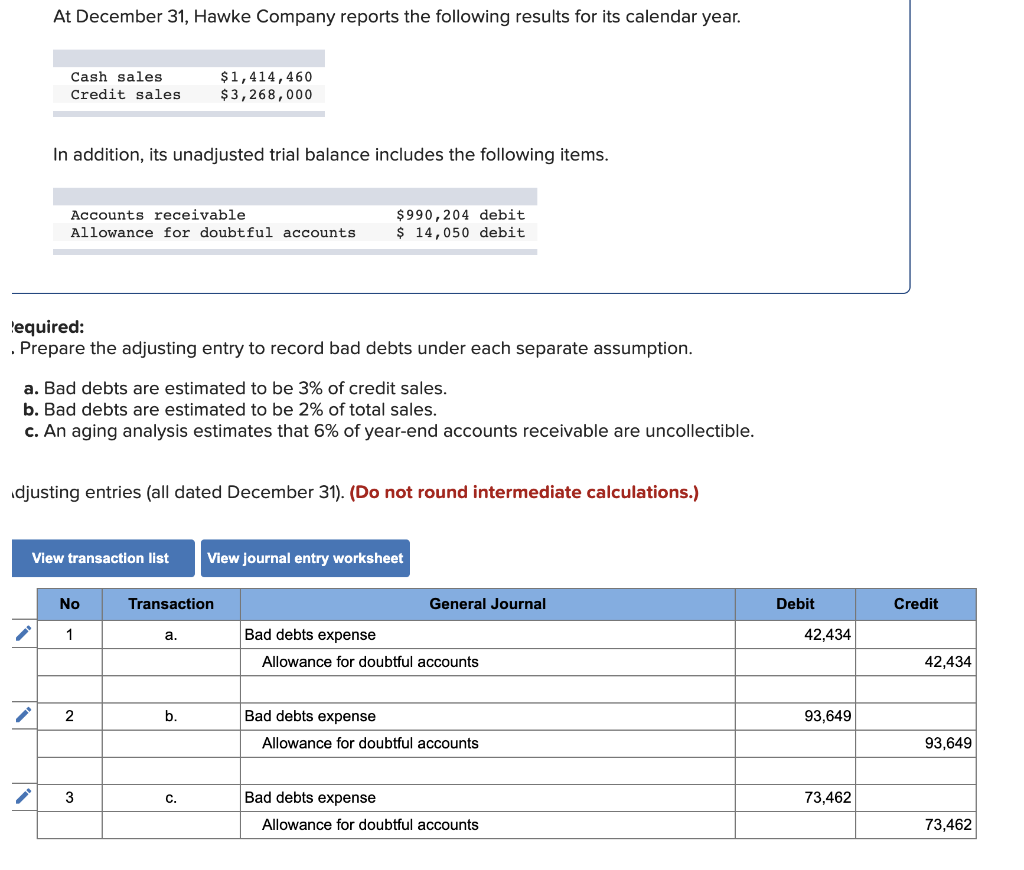
As per schedule iii of the companies act, the.
Outstanding accounts receivable effect on balance sheet. The effects of accounts receivable on a balance sheet part 1 of 3: It represents money owed to the company by its customers for goods or services that have been delivered but not yet paid for. This money is typically collected after a.
When it comes to accounting, accounts. It is a current asset on the balance. On the balance sheet, accounts receivable are listed under current assets, which also include cash and inventory.
A company with accounts receivables listed on its balance sheet means it has sold products or services to its customers, but has yet to be paid. Estimate percentage allowance for doubtful accounts. How would cash collected on accounts receivable affect the balance sheet?
Item position the accounts receivable item on your balance sheet does not represent a liquid asset. When you list the sum of your company's accounts receivable on the assets side of your balance. In simple terms, accounts receivable represents the money owed to a business by its customers for the sale of goods or services on credit.
Payment of the receivable is outside of your control until your customer's. The balance sheet aging of receivables method estimates bad debt expenses based on the balance in accounts receivable, but it also considers the uncollectible time period. Accounts receivable refer to the outstanding amount of money that a company is owed by its customers or clients for the goods or services provided on credit.
Accounts receivable are amounts that. Cash collected on accounts receivable can positively impact the balance sheet, improving liquidity and reducing outstanding debts. Classification of accounts receivables in the balance sheet.
| accounting & bookkeeping | accounting by chron contributor updated september 21, 2020 accounts receivable is an account that represents outstanding,. When it collects cash against its a/r balance, a company is converting the balance from one current asset to another. Accounts receivable can have a significant impact on your business’s bottom line.
This means that they are expected to be converted into cash. Largely, accounts receivables are divided into the following: The effects of accounts receivable on a balance sheet effect as an asset.
When customers owe money to your company, those outstanding balances can tie up. Accounts receivable (ar) represents money for goods and services a company has delivered but not yet received payment for.
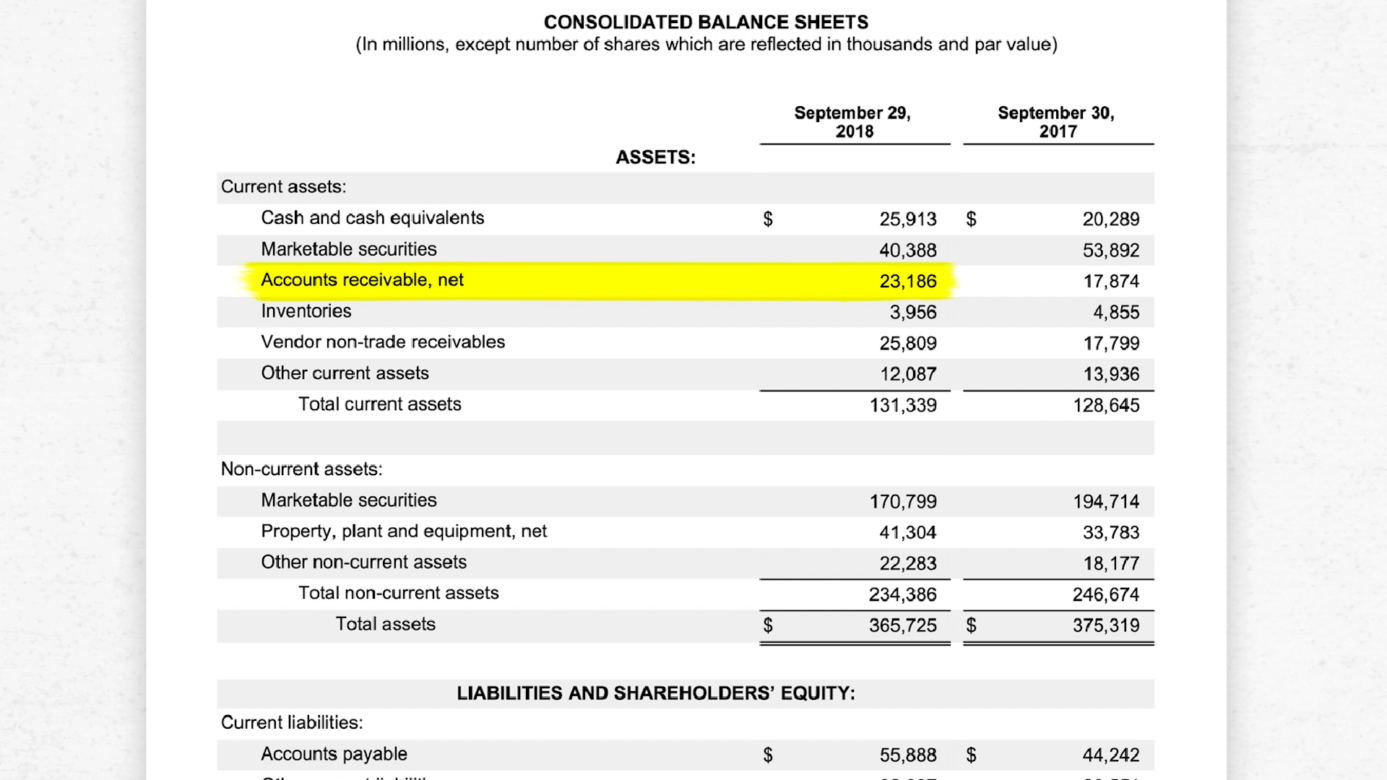



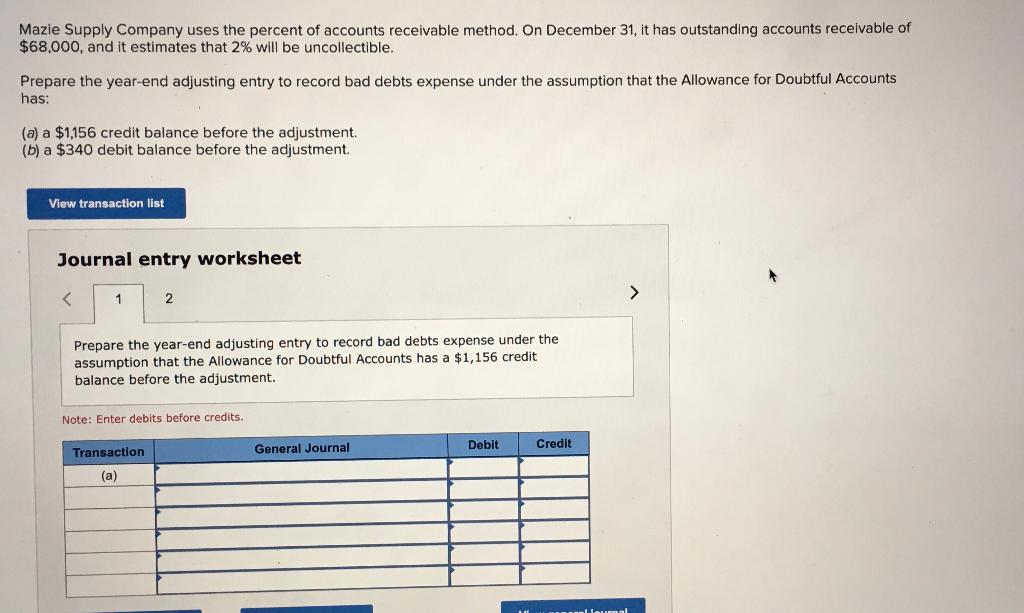
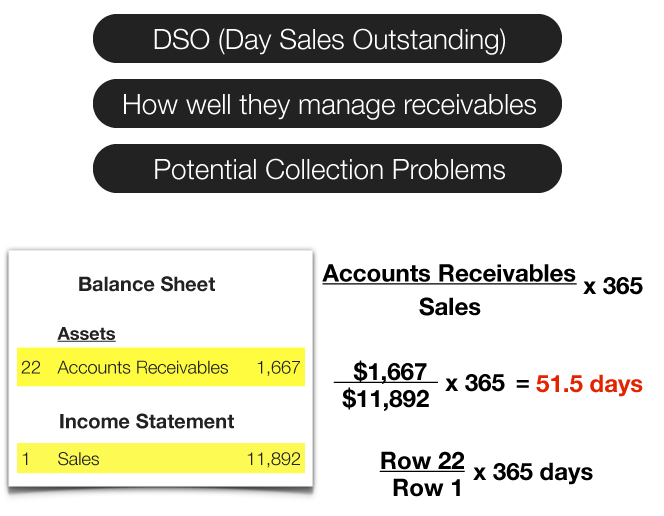
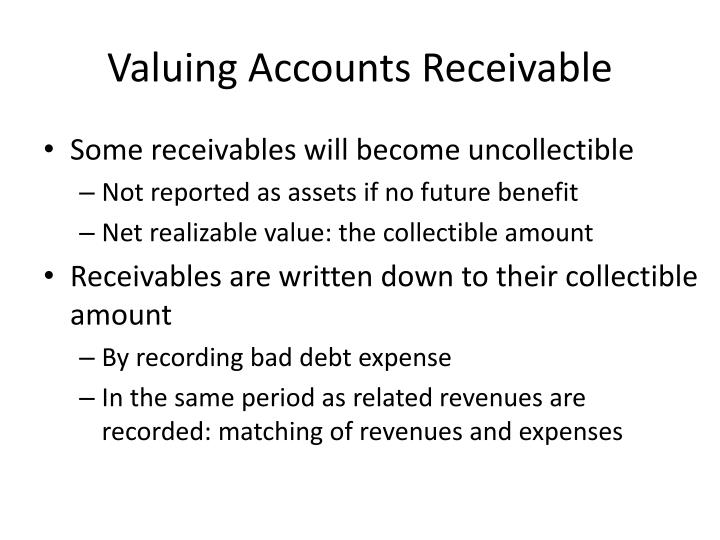

:max_bytes(150000):strip_icc()/accounts-receivables-on-the-balance-sheet-357263-final-911167a5515b4facb2d39d25e4e5bf3d.jpg)
